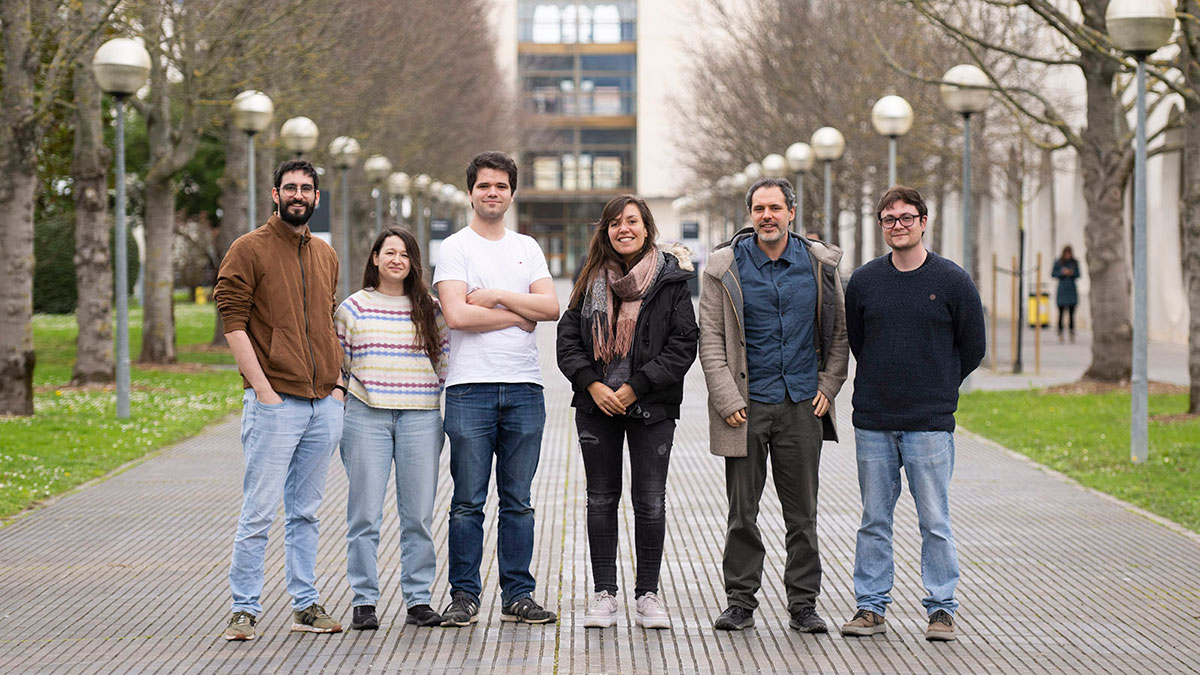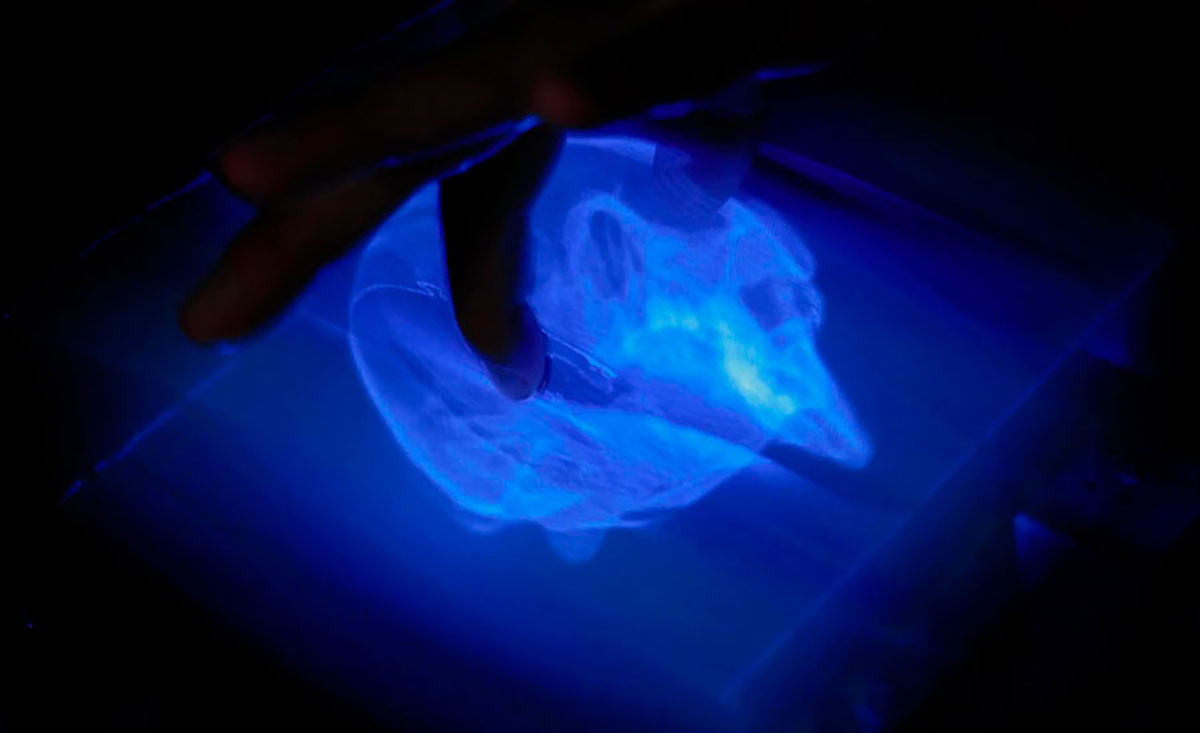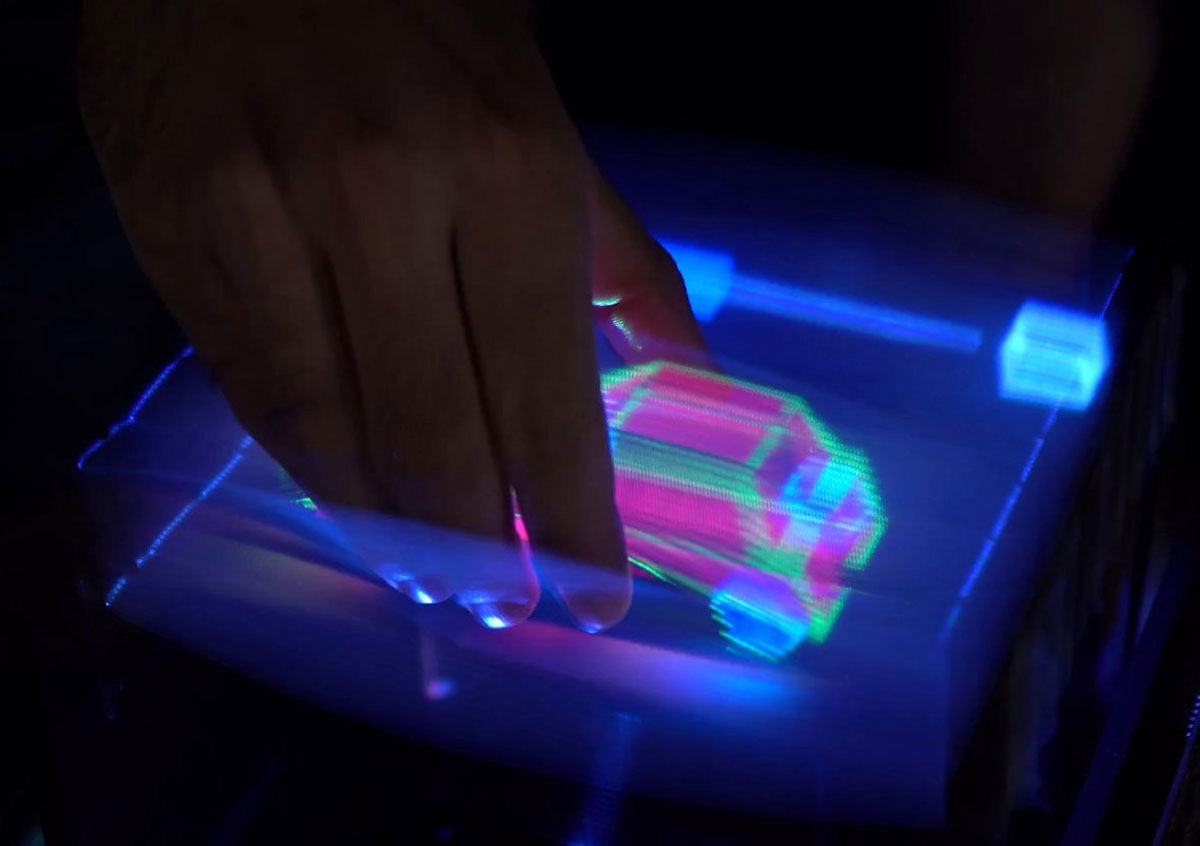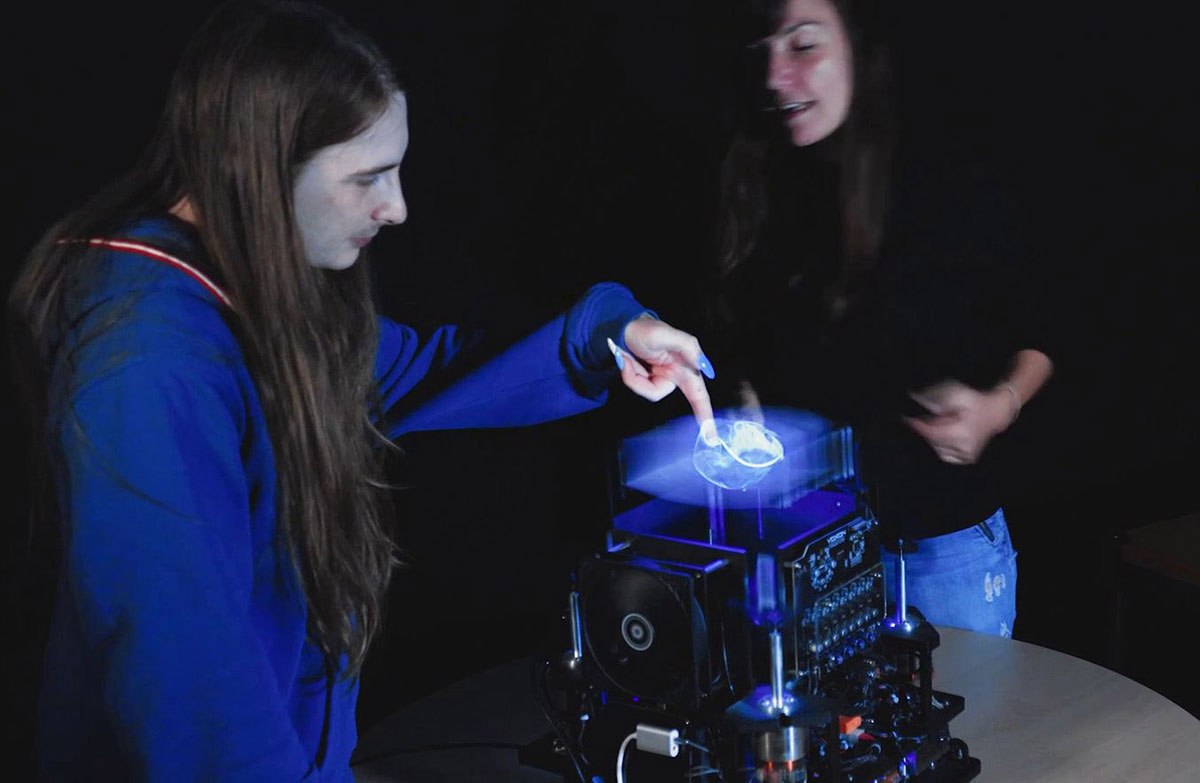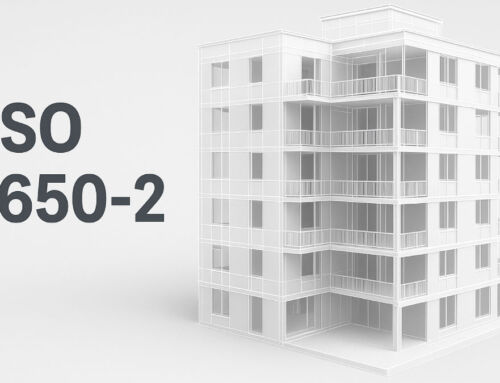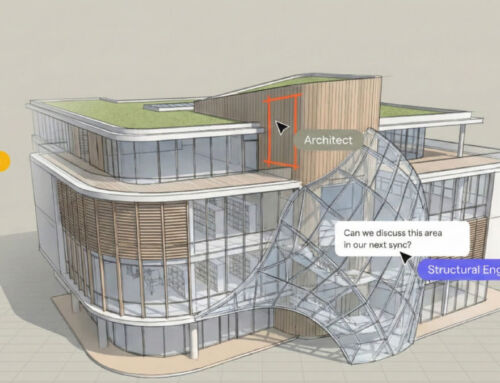Dr. Elodie Bouzbib, along with Iosune Sarasate, Unai Fernández, Manuel López-Amo, and Iván Fernández, researchers at the Public University of Navarra (UPNA), and Iñigo Ezcurdia and Asier Marzo, members of the Institute of Smart Cities, “have succeeded, for the first time, in displaying three-dimensional graphics in mid-air that can be manipulated.” This is the news article from April 9th (2025) that we read in the UPNA news section to present the InteVol project, funded by the European Research Council.
Bouzbib explains that “volumetric displays” are graphics that appear to float in the air and can be viewed from different angles, without the need for special 3D glasses. In other words, these are the graphics “we see in films and call holograms.” However, while Voxon Photonics and Brightvox Inc. have commercial prototypes of volumetric displays, “none allow for direct interaction.” Asier Marzo, principal investigator of the InteVol project, explains that this direct interaction consists of the ability to grasp and move virtual objects represented on these volumetric screens.
Beyond the scientific complexity of the research—you’ll find a video with a detailed explanation below—we can summarize that a volumetric screen consists of an elastic sheet, called a “diffuser,” that oscillates rapidly and onto which images of objects are projected “synchronously” at a speed of 2,880 per second. The reflection of the image on the oscillating diffuser at various heights is perceived, thanks to persistence of vision, as a complete 3D volume. In fact, this is probably the main innovation of the InteVol project, and what enables this “direct interaction.” After all, the volumetric effect was already known, albeit with rigid diffusers whose manipulation could cause injuries or even lead to breakage. However, with the UPNA team’s innovation, it’s possible to come into contact with the elastic diffuser and interact with the 3D graphics as if we were literally looking at a 3D computer—or mobile—screen. This way, users can naturally grasp and manipulate the projected virtual objects. The immense scope of application of this discovery, also in entertainment, leisure, and tourism, draws our attention. In this regard, we read in the project presentation that “these displays could be particularly useful in museums, for example, where visitors can simply approach and interact with the content.”
To find out more, as we said, we’re leaving you this video:
Source and images: Universidad Pública de Navarra.


